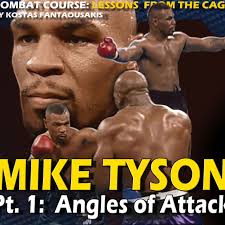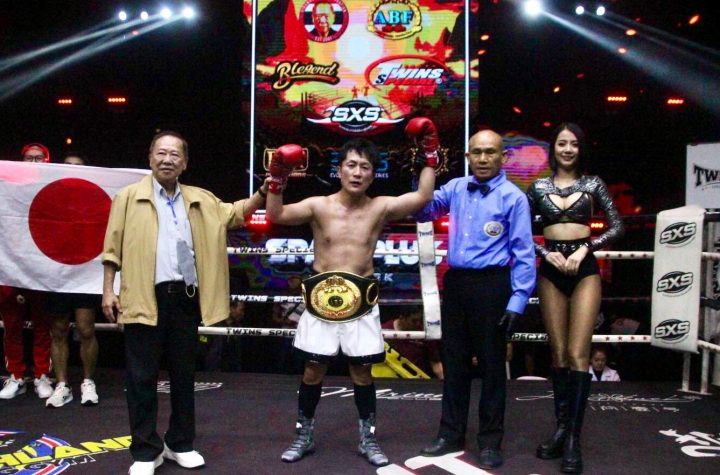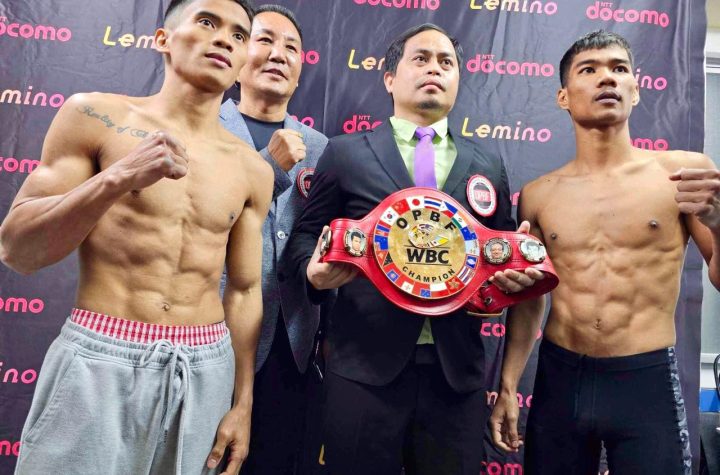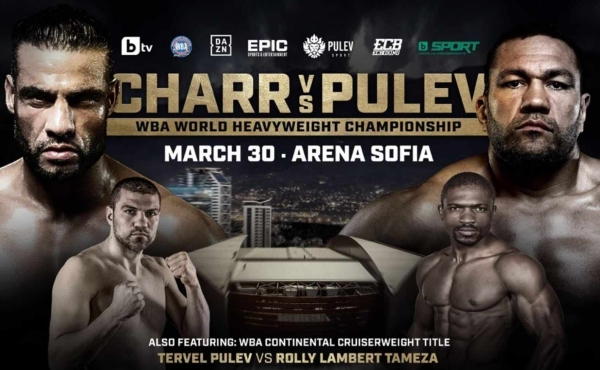
In this multipart series we will breakdown Mike Tyson’s complete boxing game. A must read for fans of boxing and MMA alike.
Dedicated to Cus D’ Amato. You have taught so many that fighting starts in the mind in order for the body to get the job done. R.I.P.
/cdn.vox-cdn.com/uploads/chorus_asset/file/11550077/Mike_Tyson_Cus_D_amato.jpg)
Fighting is all about the allocation of resources: all factors required to support the implementation of a plan and the means required to achieve the desired outcome of winning a fight. Basic resources are power, speed, stamina, mental focus, ability to take damage and other. Conservation of resources is important. There is also risk, profit and interest involved in every choice made both in training for a fight and fighting itself.
The word “resource,” of course, is used metaphorically here. Power, for example, is a natural ability but when viewed as a resource you can understand how to conserve and use it wisely. Like all natural resources, power, speed etc are not unlimited. They fade with repeated use throughout the course of a fight.
A good trainer like the legendary Cus D’Amato could look at a fighter and identify growth potential, like an investor can evaluate the potential of available resources. He could tell if the fighter was worth investing money, time and effort.
Cus had handled the careers of Floyd Patterson, and José Torres and others; some of who went on to become members of the International Boxing Hall of Fame.
/cdn.vox-cdn.com/uploads/chorus_asset/file/11549421/Bobby_Stewart.jpg)
Tyson’s emerging boxing ability was discovered by Bobby Stewart, a juvenile detention center counselor and former boxer. Stewart considered Tyson to be an outstanding fighter and trained him for a few months before introducing him to Cus D’Amato.
According to Tyson, he does not really understand, not even today, how Cus D’Amato, this legendary boxing manager and trainer who was in exile in upstate New York, watched him spar for less than ten minutes when he was thirteen years old and predicted that he would be the youngest heavyweight champ ever.
Cus told Stewart: ‘Bobby, barring outside distractions, that is the heavyweight champion of the world and possibly the Universe.’ But only if you continue to work like you’ve been working.” What did Cus see? Speed, power and above all, motivation to learn. (Source)
Mike Tyson went on to become one of the two most famous boxing icons of all time, the other being Muhammad Ali. Although Ali was famous for his speed and graceful movement, Tyson is widely regarded as a knockout puncher. There were many KO punchers like George Foreman and others throughout the history of the sweet science but Mike’s power was unique. I often tell my students, than in looking for proof that a small fighter can use punching to stop larger opponents the only solid evidence I could find was Mike Tyson. When Tyson connected his opponents would either bend the knee with desperation or fall on their butts with question marks written all over their faces. And the question was always the same all the time: how can a 5 ft 10 in (178 cm) undersized heavyweight knock out huge, scary opponents some of them 6 ft 5 in (196 cm). Tyson’s reach was just 71 in (180 cm) compared to the 80 in (203 cm) reach of his opponent Tyler Biggs for example.
Many have attempted to answer this question. Some say it was the implementation of D’ Amato’s peek-a-boo style of boxing, in which the fighter holds his gloves close to his cheeks and pulls his arms tight against his torso. And although this fighting style has a lot to do with Tyson’s success (other fighters like Floyd Patterson have used this style successfully), no one was able to use it in such a devastating manner like Tyson.
Natural power and explosiveness had a lot to do with Mike’s success but you can be sure that all ranked heavyweight boxers have enough power to knock a 5 ft 10 opponent out. And reach is very important in boxing.
I have come to the conclusion that Mike Tyson’s success was a combination of many factors including technique and intelligent game planning. This will be the focus of this series: how lack of a size and reach can be used to a fighter’s advantage and how changing levels, attacking at angles while constantly storing and projecting spring-like power from supposedly defensive positions can produce devastating attacks. I will also analyze how all aforementioned factors blend in with Cus D’ Amato’s main strategic objective: using the element of surprise and confusing the enemy. Finally I will examine why Tyson’s style is great for getting takedowns in MMA.





